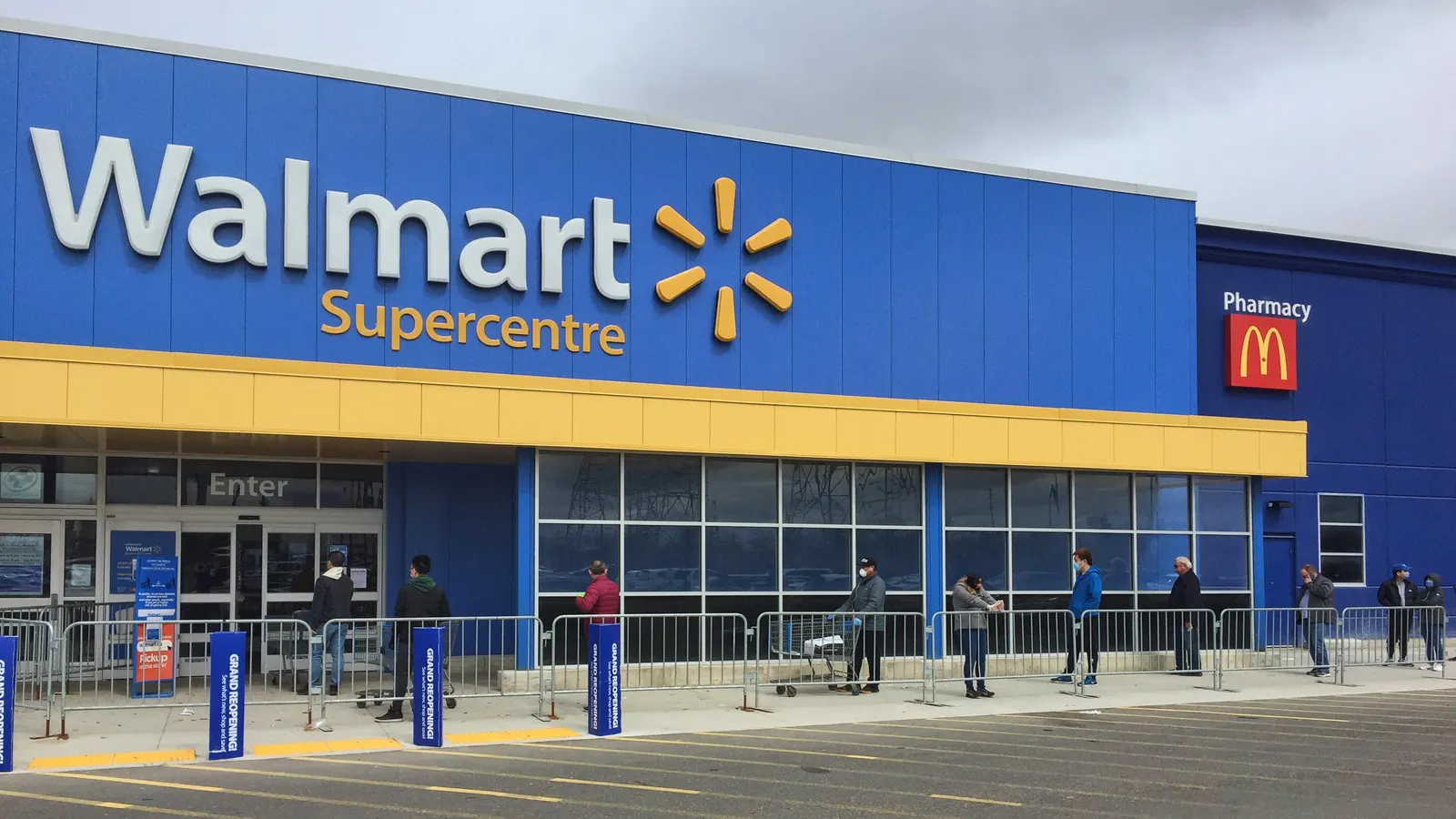In a sweeping response to evolving consumer behaviors and the harsh economic realities facing brick-and-mortar retailers, Walmart is shutting down select stores across the United States. This move underscores a larger trend of decline within the traditional retail space, particularly the classic American shopping mall.
But what does this mean for consumers and the future of retail shopping?

The Changing Face of Retail
For decades, shopping malls stood as icons of American consumer culture, bustling with activity and brimming with every kind of store imaginable. Retail giants like JC Penney, Macy’s, and Express drew crowds and anchored these malls.
However, the rise of online shopping has drastically shifted consumer preferences—accelerated by the COVID-19 pandemic, which permanently altered shopping behaviors.

Now, a significant chunk of the population opts for the convenience of online shopping, with services like Amazon Prime boasting over 200 million members. The ease of getting everything from groceries to luxury goods delivered to your doorstep has lessened the allure of in-person shopping trips.
The Impact on Walmart
Despite a robust online presence, Walmart has not been immune to these shifts. The retail behemoth announced the closure of 24 stores last year, an increase from the initially planned 15. This year, closures continued, including notable shutdowns in Illinois and California.
The decision to close these locations was based on their failure to “meet financial expectations,” a clear indicator of the challenging environment for physical retail stores.
Furthermore, Walmart has decided to close all 51 of its health centers and sunset its entire health division, citing the lack of a sustainable business model. This marks a significant retraction in their service offerings, reflecting the tough decisions businesses must make to stay afloat.
Walmart store in major city auctions off flat-screen TVs, laptops and more ahead of closing https://t.co/9zwCR11Akl pic.twitter.com/oN3qBSE12s
— Daily Mail US (@DailyMail) May 14, 2024
Liquidation and Opportunities
One of the more immediate effects of these closures is the liquidation of store inventory and fixtures. A Walmart store located at 3579 S. High St. in Columbus, Ohio, is a prime example. The store has opted not to renew its lease and is offloading its merchandise through a liquidation auction run by Grafe Auction.

Items up for grabs include electronics like flat-screen TVs and laptops, furniture, small appliances, and even store fixtures such as cash registers and checkout counters. The auction presents a unique opportunity for consumers and small business owners to purchase high-quality equipment and products at significantly reduced prices.
“This is your chance to acquire high-quality equipment, fixtures, and more at a fraction of the retail cost,” states the auction website, highlighting the deals that savvy shoppers and entrepreneurs can capitalize on.
Moving Ahead
The closure of Walmart stores and the ensuing auctions are emblematic of a broader trend in retail—the shift from in-store shopping experiences to online transactions.
While this marks the end of an era for many traditional shopping venues, it also opens new avenues for consumers and businesses alike to adapt and thrive in a digitally-dominated marketplace.
As we continue to witness the transformation of the retail landscape, one thing is clear: the convenience of digital platforms is reshaping our shopping habits in unprecedented ways.










